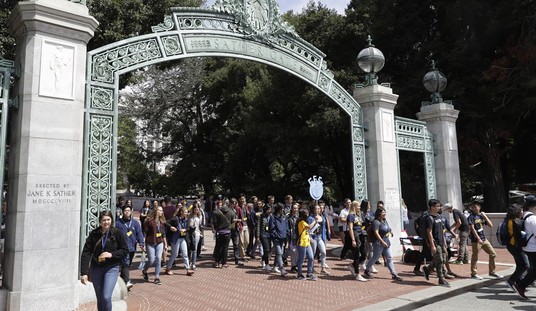A new report posted today by the U.S. Department of Agriculture shows a record 45.8 million Americans received assistance through the Supplemental Nutrition Assistance Program in August — 1.1. percent more than in July and 8.1 percent more than in August 2010.
That new record is not surprising: The number of Americans receiving food stamps has reached new highs every month except one since December 2008, according to Bloomberg. Spending on the program also reached a record $6.13 billion.
On the one hand, part of the increase has to be attributed to the high unemployment rate of 9.1 percent. On the other hand, joblessness can’t be the entire explanation.
Anyone who has seen “the EBT rap” knows food stamps aren’t exactly what they used to be.
“Sandwiches, chips, Snickers, Twix … I’m eating good … Potato chips … A big box of Oreos … Cereal, Kix … My EBT, My EBT … Walking down the Ave, there’s food I got a hunger for … I just want some Jam … Walking down the aisle, cuz I just want some ham … Wham!” Mr EBT raps. “It’s the EBT, it’s not Food Stamps … Breakfast time the cheese is melted … if I don’t have my card I use someone else’s …”
“Mr. EBT” says he intended his rap to be a parody of welfare abuses. Still, that doesn’t change that it captures this truth: As the program is currently constructed, no real incentive exists to move beyond government assistance to a life of work and personal responsibility.
In consequence, more people enroll, but equivalent numbers don’t “graduate” from the program. So, not surprisingly, government spending on SNAP has doubled just since 2008:
That’d be fine if the government could afford it. Unfortunately, just as individual Americans most need government assistance, the government is least able to provide it. The deficit and debt are already at unsustainable levels and act as a major drag on the economy and job growth. Yet, in the coming years, the government is set to spend more than ever on welfare anyway. SNAP is just one of more than 70 welfare programs and those programs are projected to cost taxpayers $10.3 trillion over the next decade. It’s all a vicious cycle.
So, what does that mean? Should the government just turn off the spigot, even as Americans pay the price for the government’s power-trip spending of the past? If the government helped to create the sluggish economy, shouldn’t it support citizens through it, as it works to reignite the country’s economic engine?
Yes — but it should do so responsibly. Both the architects of government programs and the recipients of government assistance should be held accountable for the way in which they use other people’s money. The Heritage Foundation’s Katherine Bradley and Robert Rector have a few ideas as to how the government can continue to help those in need, while also reforming the welfare system. Among them: As soon as the recession ends, restore welfare spending to pre-recession levels; limit future growth to the rate of inflation; and apply work requirements to other federal welfare programs.
Moral of the story: The government does taxpayers and assistance recipients a disservice when it fails to incentivize work and perpetuates dependency. Even in the midst of a slow economic recovery, the government should look for ways to slow the growth of the welfare state.








Join the conversation as a VIP Member